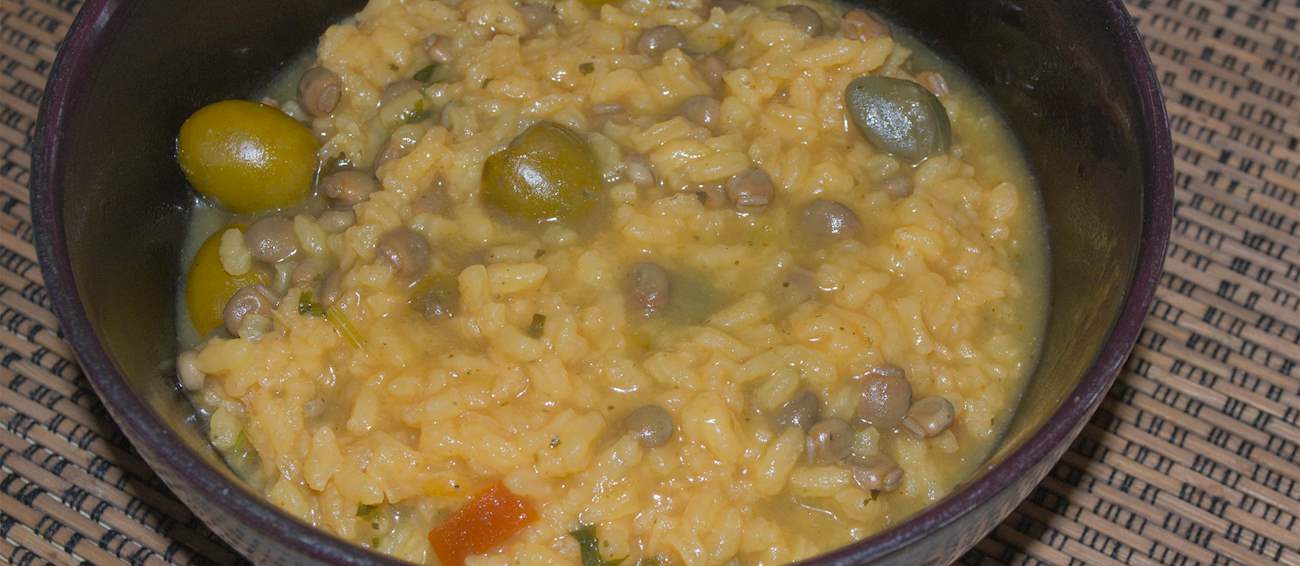MAIN INGREDIENTS
Carne guisada is a simple, traditional beef stew flavored with cumin, jalapeños, and chili powder. It is popular throughout Latin America, especially in Mexico, Puerto Rico and the Dominican Republic. The dish is usually simmered over low heat for about two hours until the meat becomes tender.
It is recommended to serve it on flour tortillas, although it can also be paired with rice or potatoes.
MAIN INGREDIENTS
Asopao is a Puerto Rican dish that is best described as a cross between a soup and a stew. It always contains rice, and can be made with beef, pork, seafood, pigeon peas, or chicken – which is also the most popular and traditional version of asopao, called asopao de pollo, where the chicken is typically flavored with various spices and cooked with ham, peppers, onions, tomatoes, olives, and sausages.
Due to the fact that asopao is usually very filling and flavorful, it can be found in numerous local restaurants and most households.
VARIATIONS OF Asopao
MAIN INGREDIENTS
Asopao de gandules is a variety of Puerto Rican asopao, made with pigeon peas as the key ingredient. They are typically combined with onions, ham, sofrito, chicken stock, rice, tomato sauce, and olive oil. The result is a hearty stew that is often enriched with plantain dumplings, when the dish is known as asopao de gandules con bolitas de platano.
Chock-full of Hispanic ingredients, the stew is ready for consumption when thickened, and the rice is fully cooked. It is recommended to serve it warm, but it can also be reheated and enjoyed the next day.
Gandinga is a thick Puerto Rican stew made with pig organs as the key ingredient. Besides pig’s heart, kidneys, and liver, the dish is prepared with ingredients such as Manzanilla olives, sofrito, and capers. It is recommended to serve gandinga with aguacate and boiled green bananas on the side.
TasteAtlas food rankings are based on the ratings of the TasteAtlas audience, with a series of mechanisms that recognize real users and that ignore bot, nationalist or local patriotic ratings, and give additional value to the ratings of users that the system recognizes as knowledgeable. TasteAtlas Rankings should not be seen as the final global conclusion about food. Their purpose is to promote excellent local foods, instill pride in traditional dishes, and arouse curiosity about dishes you haven’t tried.












